The city’s football stadium is packed with tents to shelter families whose homes were destroyed in this week’s earthquakes. Outside, where people huddle in cars or around small fires to ward off the bitter cold, work crews struggle to extract the living and the dead from the ruins of apartment buildings that crumbled to the ground.
Lifeless bodies are taken to a covered gymnasium and laid out on the floor. Families searching for missing loved ones go body to body to peek at the faces. They move on if they don’t recognise the corpse, and cry out in agony when they do.
It was in this soccer stadium, in the devastated city of Kahramanmaras, in southern Turkey, that President Recep Tayyip Erdogan made his first appearance in the earthquake-affected zone on Wednesday, acknowledging the gravity of the crisis and calling for perseverance from millions of suffering people.
“We are face to face with a great disaster,” he said. “My citizens, my people always have patience. I am certain my nation will show patience again.”
But the question was how long that patience would last.
The death toll from the quake rose to more than 19,000 in southern Turkey and northern Syria on Thursday, with unknown numbers of people still trapped beneath rubble and countless others left homeless in subfreezing weather. There were moments of elation – a 36-year-old woman was rescued after 2½ days beneath the remains of her house in Gaziantep – but the window for such miracles was closing fast.
In Turkish towns and cities struck by the magnitude 7.8 earthquake on Monday and its hundreds of aftershocks, residents have waited impatiently for government help to extract their loved ones from thousands of collapsed buildings, keep their families warm and ensure they get enough to eat. The longer that distress lasts, the more it could erode the political standing of Erdogan, who often portrays himself as a capable father figure who understands common people’s problems.
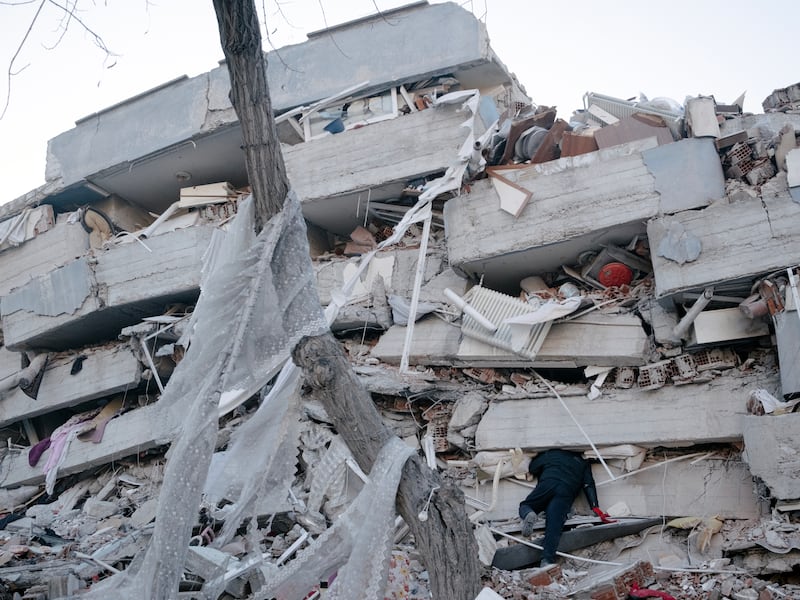
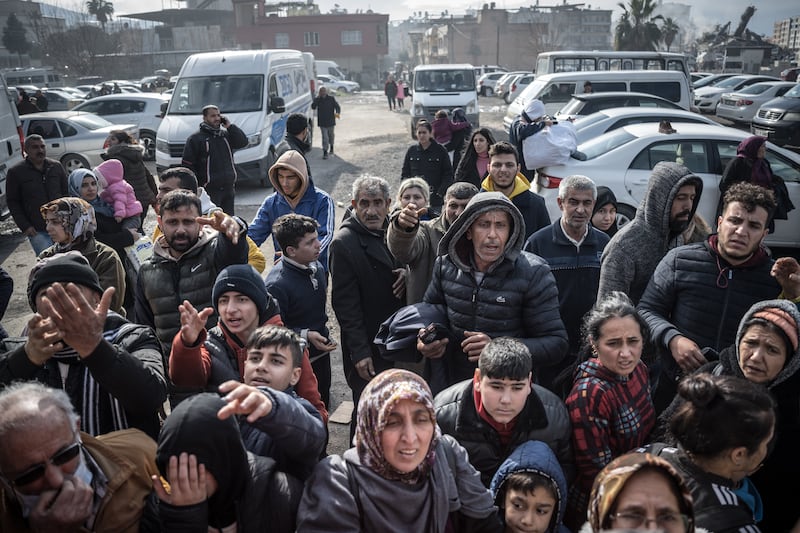
Criticism of his government’s disaster response could weigh down his quest to stay in power in critical elections expected on May 14th. Erdogan already faces headwinds because of inflation that passed 80 per cent last year and broader economic stress that economists say he has exacerbated.
Political opponents who seek to unseat Erdogan seized on the issue this week. Kemal Kilicdaroglu, the head of the main opposition party and a likely presidential candidate, accused Erdogan’s governing party of making the country more vulnerable through “systematic profiteering politics”.
“If there is anyone responsible for this process, it is Erdogan,” Kilicdaroglu said. “It is this ruling party that has not prepared the country for an earthquake for 20 years.”
[ Syria bears brunt of economic devastation caused by quakeOpens in new window ]
Turkey’s national emergency agency has begun an enormous rescue effort to grapple with a disaster so large that it would strain any government. It has dispatched more than 92,000 tents, 98,000 Turkish and foreign workers and 5,000 vehicles to the area, including excavators, cranes and tow trucks, it said in a statement. In other places, the local authorities have contributed to rescue and relief efforts.
But the tremendous challenges posed by the destruction were clear across a mountainous swath of Turkey more than 300m long, from the Mediterranean shores in the south to the east-central highlands, as well as in northwestern Syria.
In the town of Pazarcik, Turkey, near the earthquake’s epicentre, collapsed buildings made streets impassable, and even those still standing were battered and mostly empty, their residents unwilling to risk further collapses.
“Pazarcik is over,” said Hasan Uzunkodalak (60), who sells textile goods. “Who is the state supposed to help?”
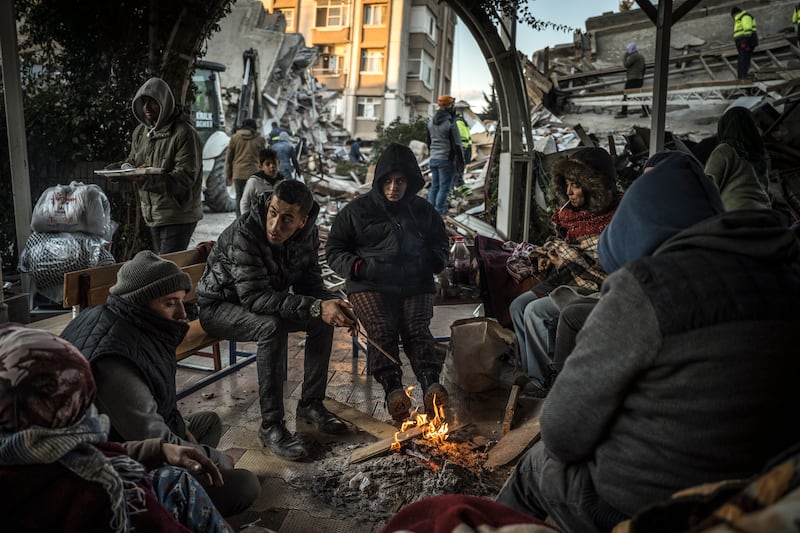
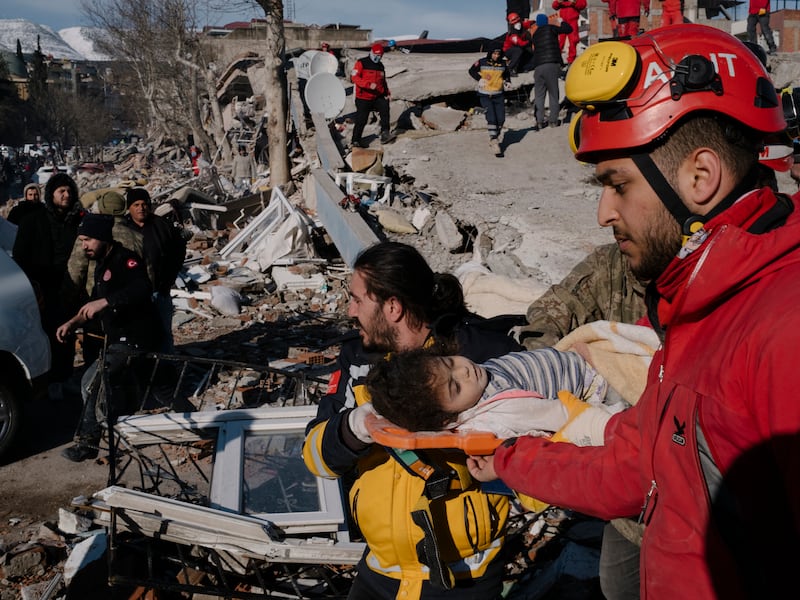
The town’s fire department headquarters had become a funeral home as families from the surrounding area brought bodies to be washed for burial – more than 200 since Monday, including 49 brought in before noon on Wednesday. Normally, the washing would happen at mosques, but there were too many bodies for them to handle, and some of them were maimed.
One family arrived with the bodies of six relatives – ages 15 to 90 – covered in blankets in the backs of two pickups. As the family waited to wash the bodies, a wailing woman lifted the blankets and kissed the feet of her mother and father. Another family member, Emre Tokgozlu, said he had lost his wife’s mother, father and sister, who had been crushed by rubble by the time the family found them.
“When we arrived, it was all ruins,” he said.
A man from another village walked by carrying the washed body of his nephew, wrapped in white cloth. He laid it in the back of a flatbed truck usually used for hauling firewood. Six more bodies would follow before the family drove back to their village to dig graves.
The southern province of Hatay, along the Syrian border, has seen some of the earthquake’s worst damage. Along one road there on Wednesday, signs, electricity poles and buildings leaned at crazy angles. A pink house had collapsed sideways, making the clothesline on the second floor balcony hang at a 45-degree angle. People stood by the roadside with overstuffed suitcases.
Along the road, aid groups handed out boxes of bread, nappies, clothes, shoes and other supplies to the newly homeless.
In the ancient city of Antakya in Hatay, buildings were largely in ruins, with its mosque, old bazaar and Protestant church wrecked by the earthquake. Large numbers of the city’s apartment blocks had collapsed, too, and residents were furious that rescue crews had taken so long to arrive, most likely increasing the death toll.
“Thankfully, the soldiers came a few hours ago, but they don’t have any equipment,” said Kubilay Seyithaliloglu (42), a volunteer rescuer. “They are digging with their hands.”
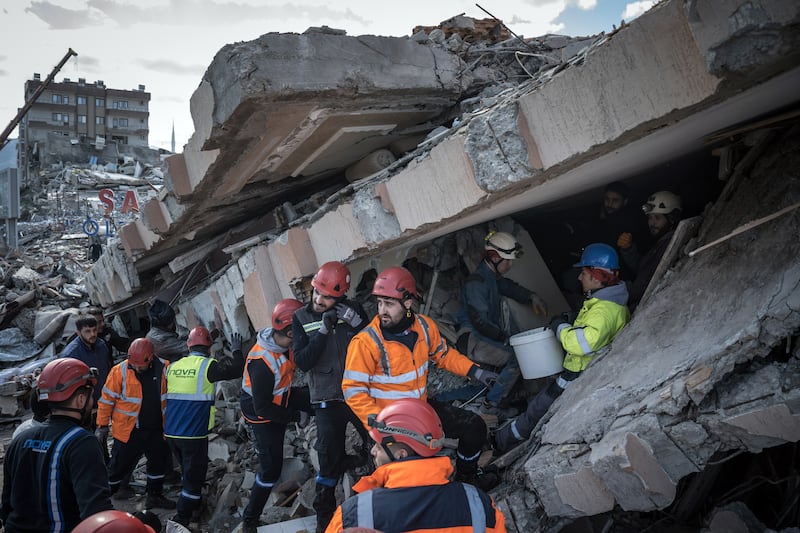
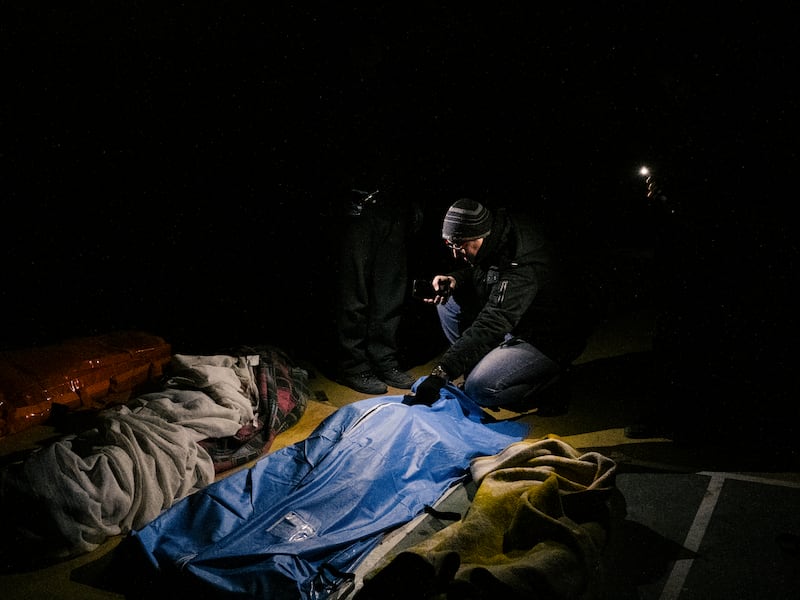
In the coastal city of Iskenderun, the earthquake and a subsequent fire had damaged the region’s most important port, which could hamper relief efforts.
The disaster has further damaged Turkey’s economy, which had been characterised by high inflation and low wages before the quake.Trading at Turkey’s main stock exchange was halted again on Wednesday as sharp declines triggered so-called circuit breakers, after the benchmark stock index fell 7 per cent. The index has fallen more than 20 per cent from its peak in early January. The exchange did not say when trading would resume.
As many in Turkey took to social media to voice their views on the government’s response, as well as to share information and campaign for aid, NetBlocks, a group that tracks internet outages, said Twitter had been blocked on several networks in the country. Alp Toker, NetBlocks’s director, said the nature of the blockage suggested it had been done with software installed by telecommunications providers, most likely because of a government order.
During a news conference about relief efforts, vice-president Fuat Oktay attributed the reported Twitter blockage to “some technical problems”.
The quake caused vast destruction in northern Syria, and the United Nations said it had affected 10.9 million people in territories held by the government and the opposition.
In the city of Aleppo, 30,000 people had sought shelter in mosques and schools, and an estimated 70,000 were on the streets without shelter, said El-Mostafa Benlamlih, the UN’s humanitarian co-ordinator for Syria. “We are struggling,” he said.
The earthquake’s toll in Syria – more than 2,600 dead counted by Wednesday – was expected to rise by five to seven times, he said, and UN aid supplies in the country would most likely run out in a few days and need to be replenished.
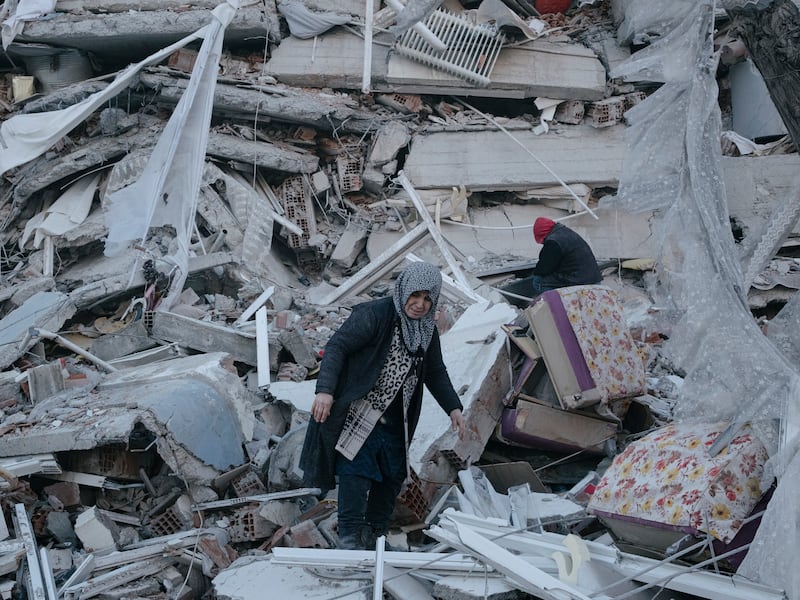
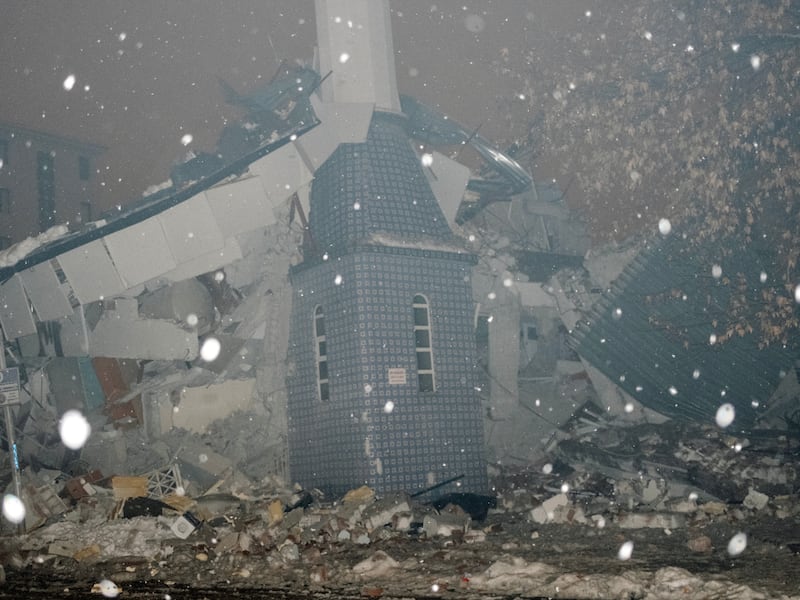
The crisis has been so grave for the government of President Bashar al-Assad, a staunch ally of Iran and Russia, that it asked the European Union for emergency assistance. Assad’s government is under EU sanctions, but humanitarian aid would be exempted.
Aid organisations have long struggled to get aid across the border from Turkey into rebel-controlled parts of Syria, and three days after the earthquake, with many roads ruptured or impeded by debris, no humanitarian aid had been delivered. UN officials said they hoped to restart that flow soon.
But the border did reopen for the dead, as Syrians killed in Turkey in the earthquake were returned home for burial. The first group of 85 bodies crossed into Syria through the Bab al-Hawa border crossing on Tuesday. On Wednesday, more followed.
Ahmad Yousef, who lives in the Syrian town of Sarmada on the border, waited at the crossing onTuesday evening to receive the body of a cousin’s 13-year-old daughter. Both her parents and a brother were still under the rubble.
“Those who died, we want them to come back,” Yousef said. “We want them to be buried among their family.”
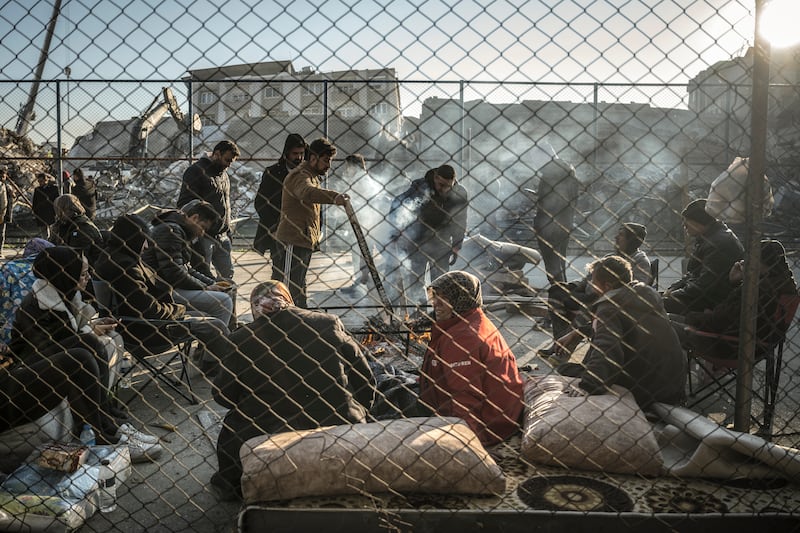
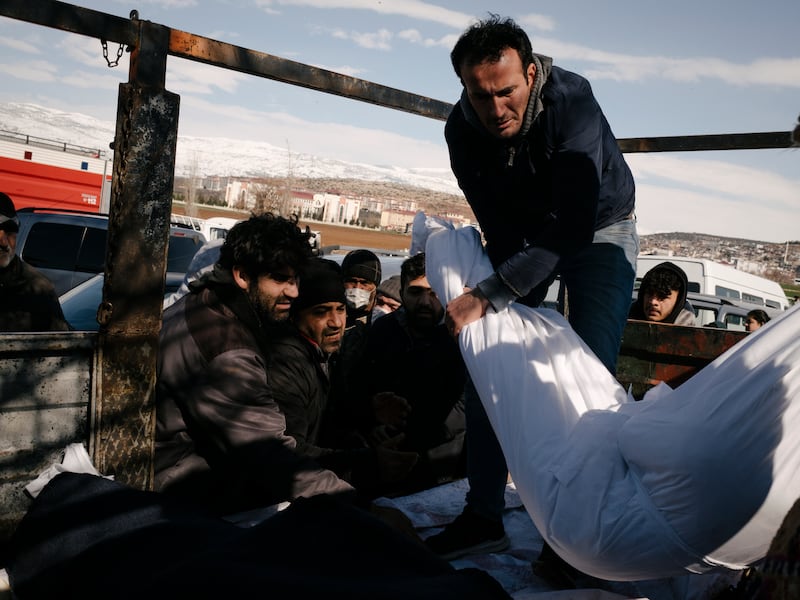
During his visit to Kahramanmaras on Wednesday, Erdogan met survivors sheltering in the football stadium and announced that each family would receive about 10,000 lira (€490) in aid.
It was not immediately clear how many families were eligible for the money and how much the payouts would cost the government, which has already unleashed the equivalent of billions of euro in new spending in the run-up to the election.
But for many residents, the needs remain more immediate: where to get winter coats or firewood; how to check whether their homes were safe to return; how to refill the tanks of cars they were using to keep warm as fuel ran low; how to ensure their relatives got an honourable burial.
[ ‘They are very, very loved. This is a tough time for us’Opens in new window ]
Near where Erdogan spoke, scores of mostly amateur rescue crews sought to find and pull bodies from the rubble. Excavators broke up concrete, welders cut metal bars with blowtorches while others dug with shovels or their hands. Taking breaks to warm up around street fires built with scavenged wood, many expressed frustration that it had taken so long for rescue crews with heavy machinery to arrive.
Murat Ercan (50) had spent the days since the collapse trying to unearth his parents’ bodies from their collapsed apartment building.
Relatives of other people in the building had brought an excavator on the day of the earthquake to start digging, he said. Teams from the government’s rescue agency came by three times to check the area, he said, but never helped dig because they did not think the building contained any survivors.
Ercan finally managed to uncover his parents’ heads, he said, but lacked the machinery to free the rest of their bodies.
“There are definitely not enough rescue teams,” he said. – This article originally appeared in The New York Times
















